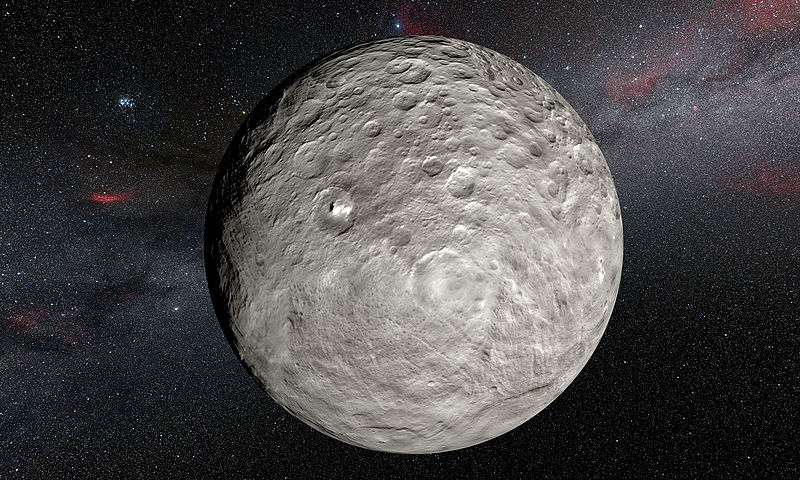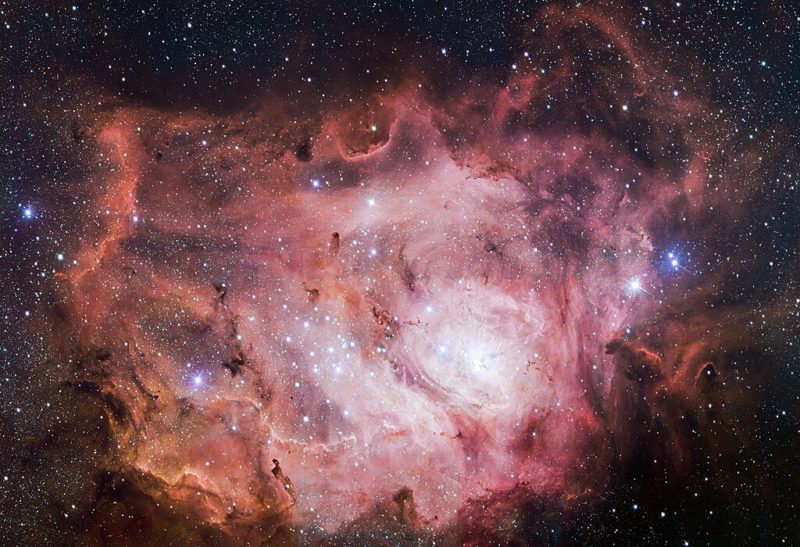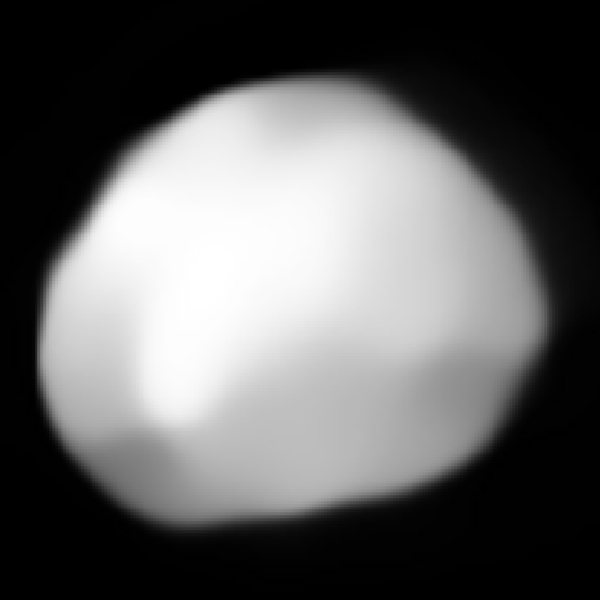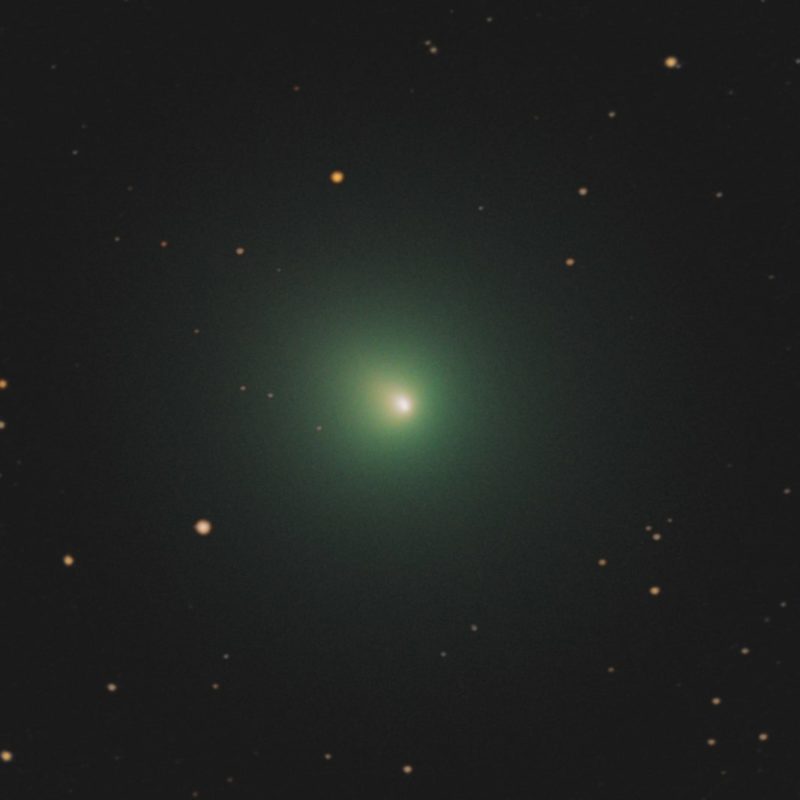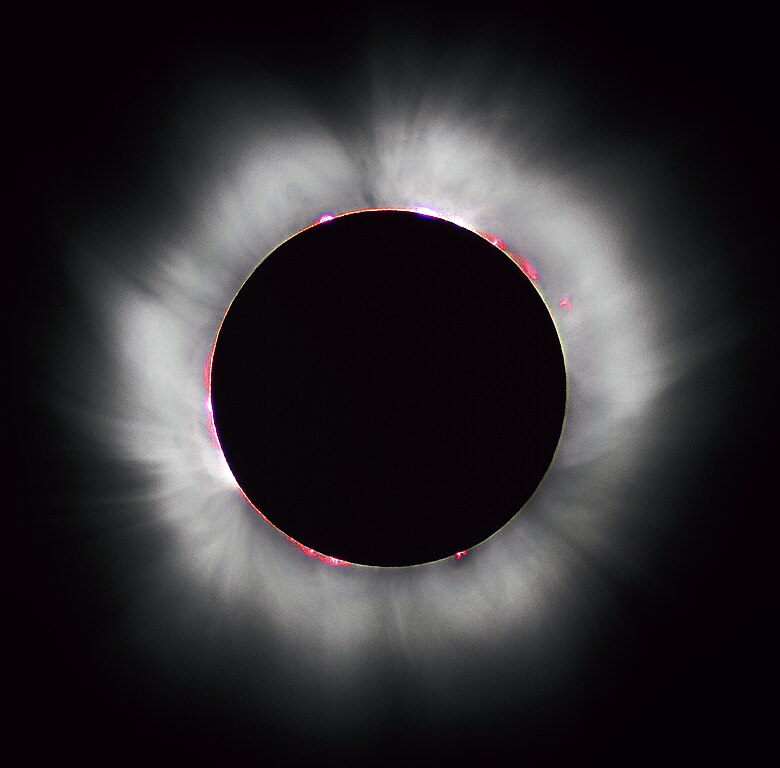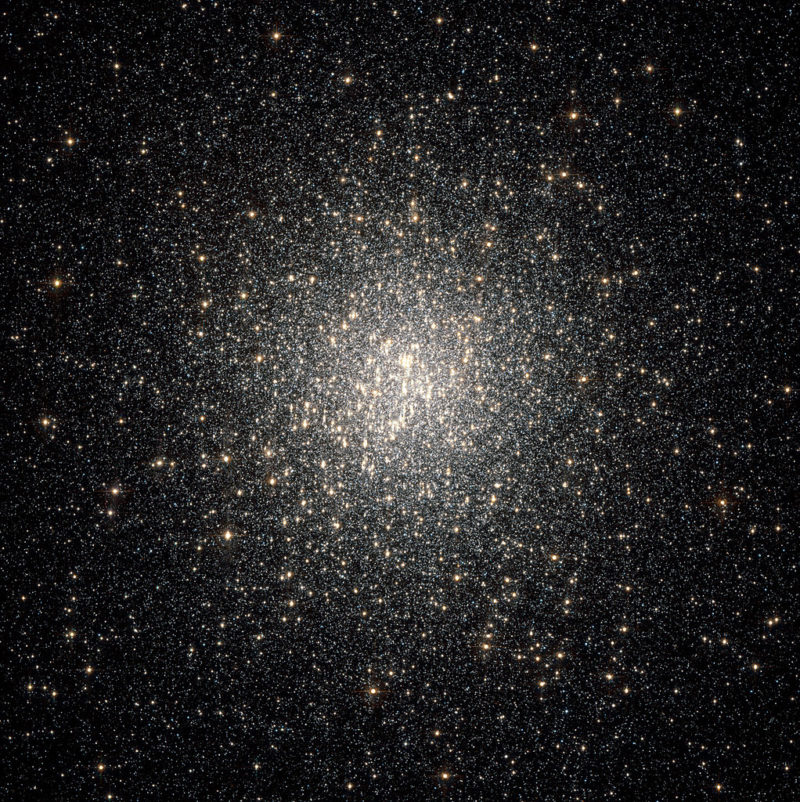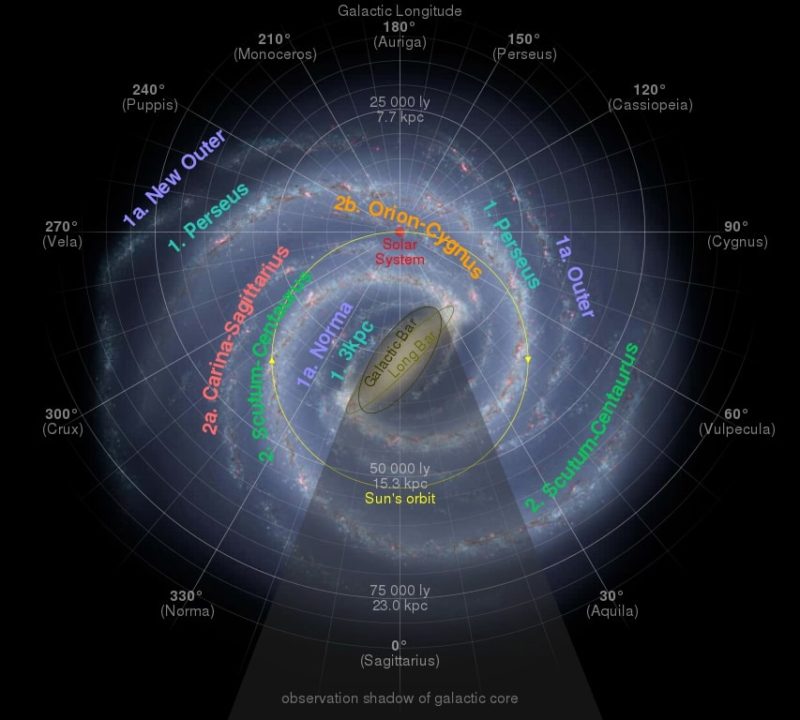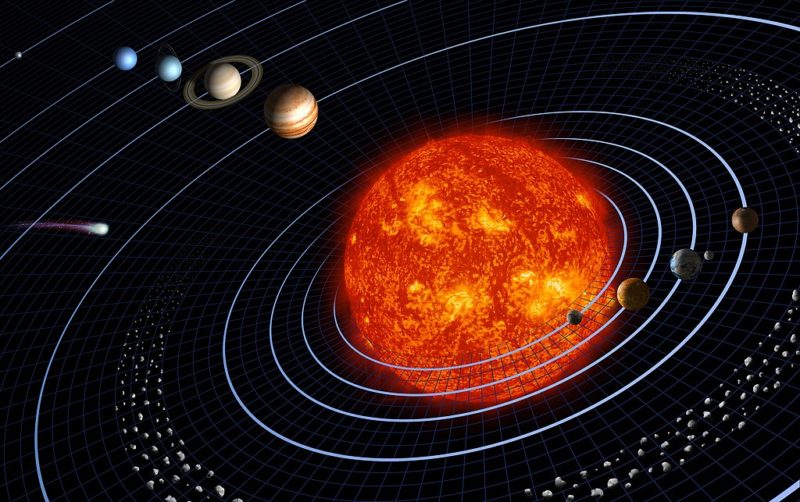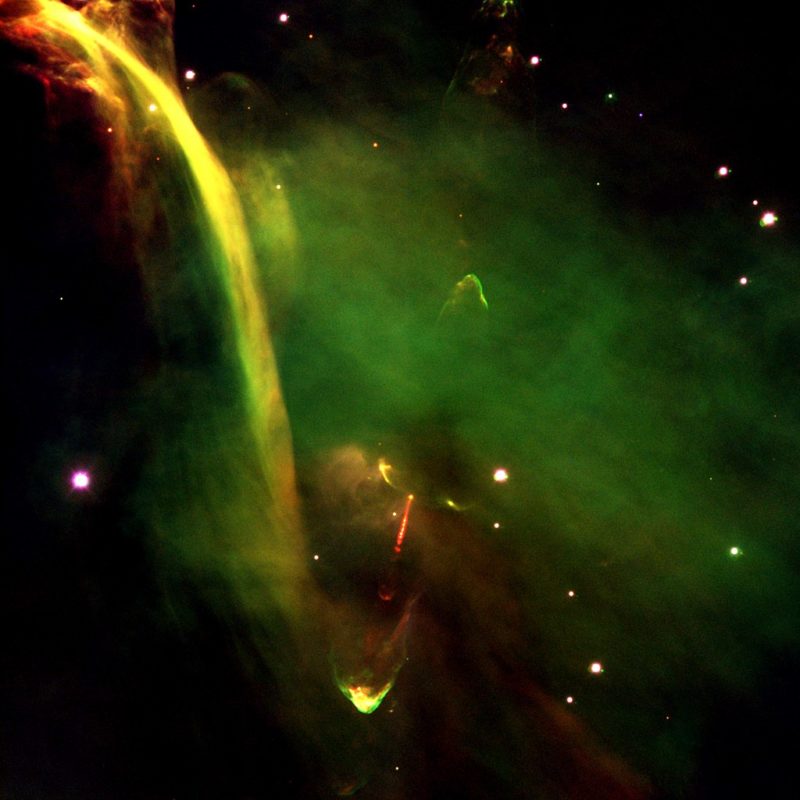Stargazing Calendar for July 2024
Explore the highlights of stargazing in July 2024, featuring the oppositions of Ceres and Pluto and meteor showers peaks, perfect for astronomy fans.
Stargazing Calendar for June 2024
Discover key astronomy events for stargazing in June 2024, including meteor showers, asteroid oppositions, and comet sightings. Don't miss the celestial highlights!
704 Interamnia: A Giant Asteroid
Uncover the mysteries of asteroid 704 Interamnia with our in-depth exploration. Learn about the fifth-largest asteroid in our solar system.
Stargazing Calendar for May 2024
Discover the astronomical wonders of stargazing in May 2024, such as the asteroid Pallas at opposition or the comet 46P/Wirtanen at perihelion.
Stargazing Calendar for April 2024
Discover the celestial marvels of stargazing in April 2024 with a total solar eclipse, the Lyrid meteor shower, and the perihelion of a comet.
Stargazing Calendar for March 2024
Explore the celestial spectacle of March 2024 with our stargazing guide and astronomy calendar. Discover the wonders awaiting in the night sky this month!
Stargazing Calendar for February 2024
Discover the celestial wonders awaiting you in stargazing this February 2024. Explore planetary conjunctions, comet sightings, and more in this captivating astronomical journey.
Meteor Showers in 2024
Don't miss the celestial show of meteor showers in 2024! Witness the night sky come alive with shooting stars in this breathtaking cosmic display.
Carina-Sagittarius Arm of the Milky Way Galaxy
Explore the mysteries of the Carina-Sagittarius Arm in the Milky Way, a minor spiral arm revealing unique celestial features and offering insights into the galaxy's dynamic structure.
Hill Sphere: Discover the Gravitational Realm of a Celestial Body
Uncover the gravitational dynamics of celestial bodies within and beyond Hill spheres, revealing insights into practical applications and cosmic phenomena.
NGC 6523: A Close Look at the Lagoon Nebula
Explore the captivating Lagoon Nebula (NGC 6523) in Sagittarius, unveiling unique structures and ongoing star formation mysteries in this celestial gem.
What Are Herbig-Haro Objects
Unlock the secrets of Herbig-Haro objects – cosmic signposts revealing the dynamic birth of stars. Explore their unique properties and significance in shaping our understanding of mass loss, shockwave physics, and the early stages of star formation.

